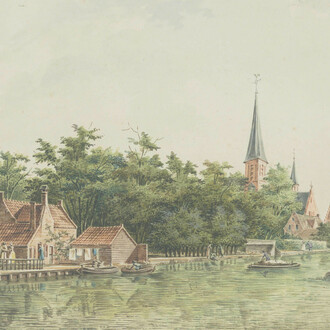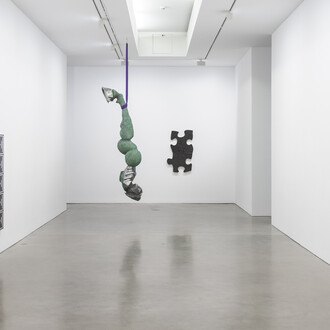Ships have always been objects of great fascination. Seafaring and life on board ship are closely associated with hopes and desires, freedom and adventure, dangers and fears.
Ships allowed people to discover previously unknown continents and provided a means for nations to trade goods and share their cultures. To this day, shipping plays an enormous role in world trade. But ships also brought us naval warfare and colonisation. This exhibition builds on the close connections there are between seafaring and culture, man and machine – which is why it is called “Lifeworld Ship”.
On three floors of the museum’s new extension you will find more than 1,100 exhibits on the history of inland navigation and seafaring, with demonstrations, interactive experiments and modern media to explain the exhibits.
The exhibition on the history of inland navigation concentrates on the region between the rivers Elbe and Oder. Its major exhibits include our "index fossil", a barge dating from 1840 whose mast reaches right up to the top floor. The central subjects here are the story of the discovery of the barge and life on the inland waterways. The barge is set in comparison with a Prussian towboat of 1901, the KURT HEINZ.
These exhibits, together with the various types of marine steam engine, demonstrate the transition from wooden ships to iron and from sail to steam. Exhibits from the former Museum of Transport and Construction (founded 1906) show the different ways of dealing with gradients on inland waterways. The Museum of Transport and Construction and the former Institute and Museum of Oceanography (founded 1900) are the main precursors of the Nautical Department. A special display case tells the story of these two Berlin museums.
The sport and leisure boats module starts on the ground floor and continues on the gallery floor, where two more modules show ship model making techniques and different types of model. The module on "The Theory of the Ship" looks at fundamental questions such as fluid mechanics, longitudinal strength, tacking and stability.
The (optional) tour begins with "The Ship as Symbol", which leads to "Shipping and History - the Development of the Ship". The latter module could be said to be the central axis of the exhibition on ocean-going ships. A second chronological strand starts around 1600 and traces the seafaring history of Brandenburg, Prussia and Germany through to the Second World War, where it meets the conclusion of the "Shipping and History" module.
These two developmental narratives form the backbone of the tour, with the other smaller modules examining particular fields in more detail. The topics covered include: changes in world view caused by the Spanish and Portuguese voyages of discovery around 1500, the significance of the Hanseatic League, the common features of trade, smuggling and piracy, the exploration of the Pacific in the eighteenth century, the sinking of the Chinese junk TEK SING and the Opium Wars of the nineteenth century, the U-Boat War in the Atlantic from 1939 to 1945, the Brandenburg slave trade of the sixteenth century, emigration in the nineteenth and early twentieth centuries, shipbuilding, ropemaking, sailmaking, and the function of the ship as a status symbol.
A major module running parallel to "Shipping and History" describes the history of navigation. As you can see from the topics, our treatment of ocean-going ships is international and covers a period of ten thousand years.
















